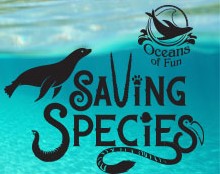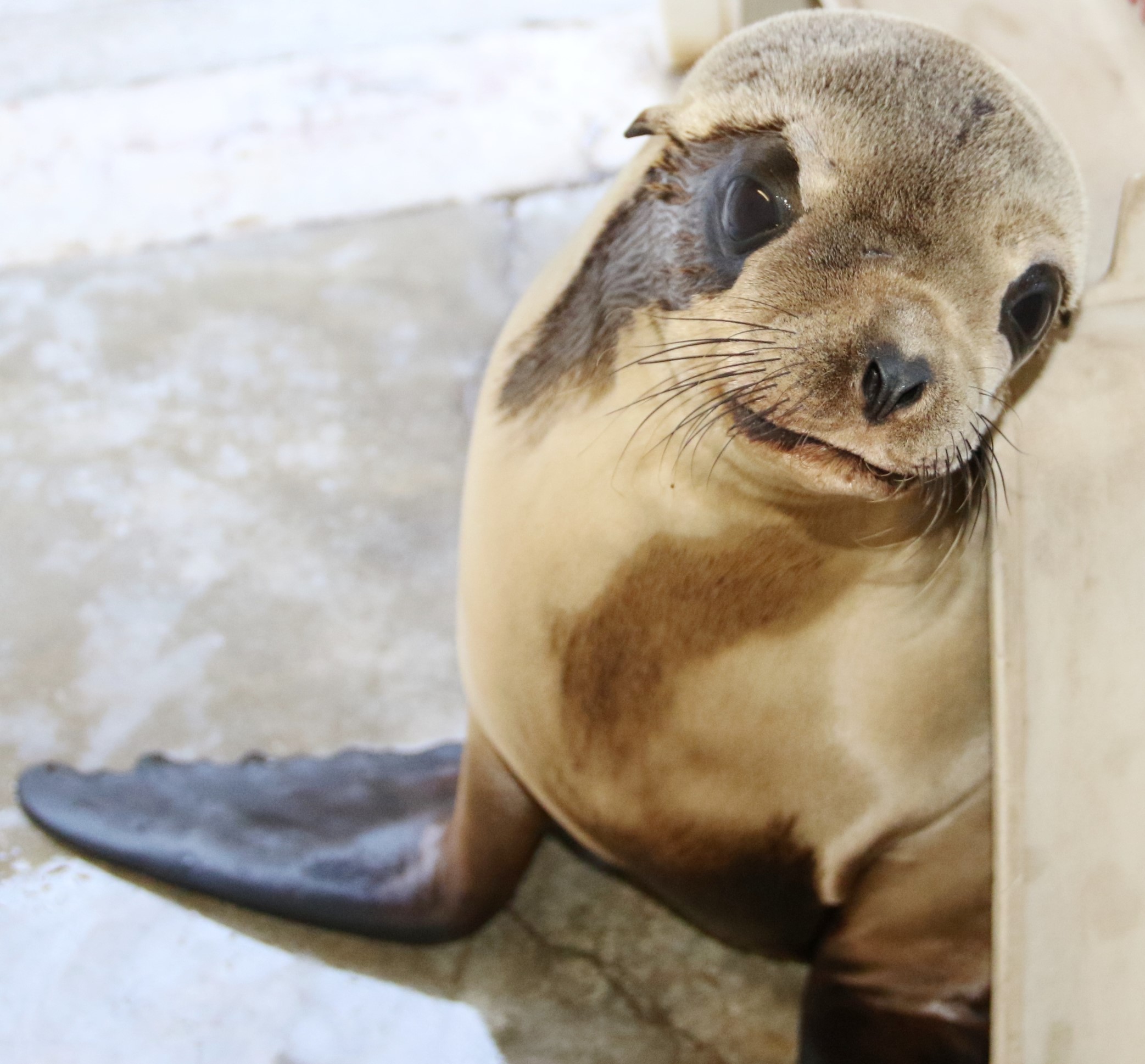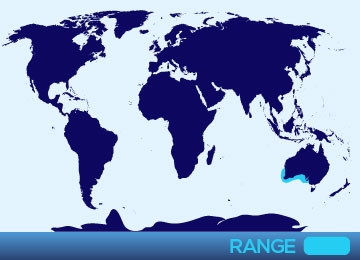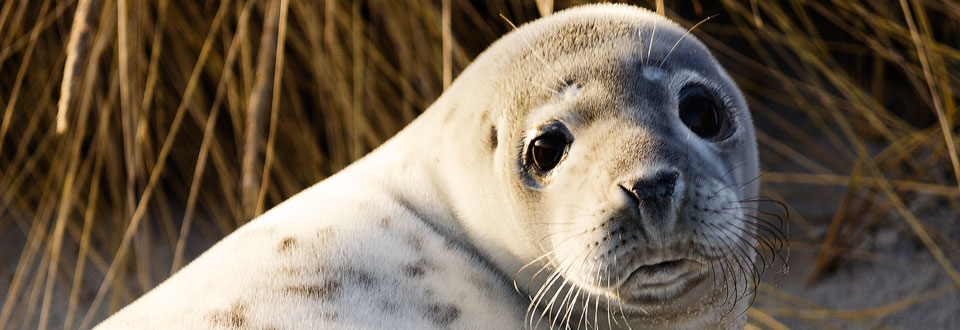
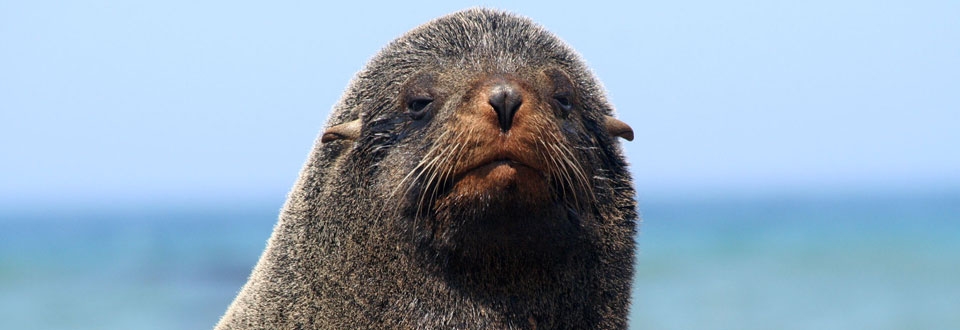
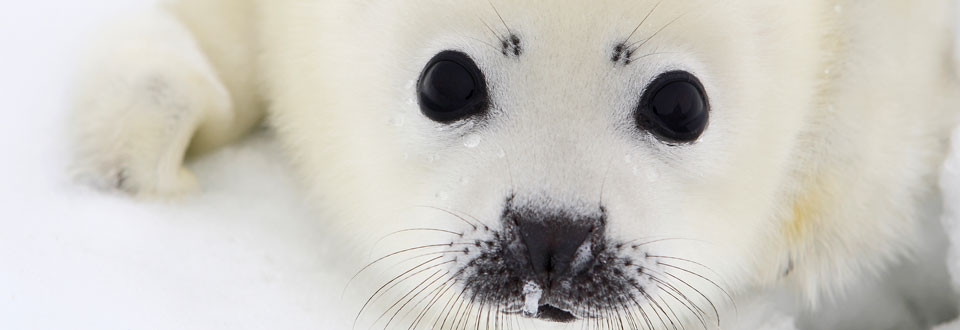
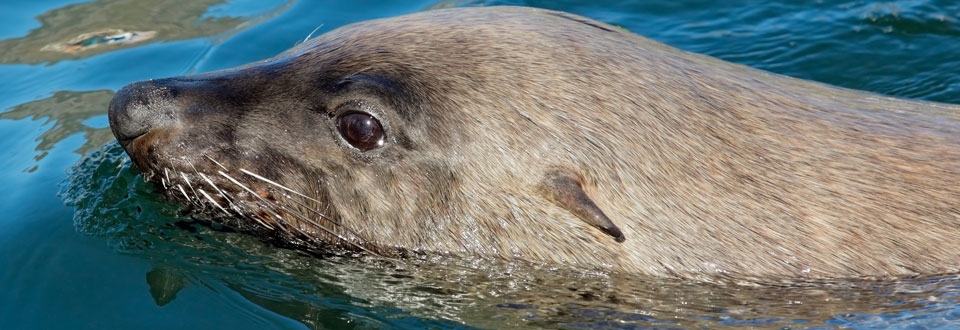
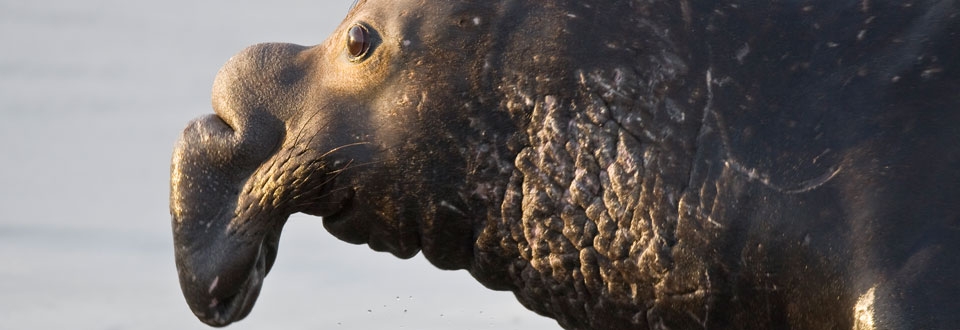
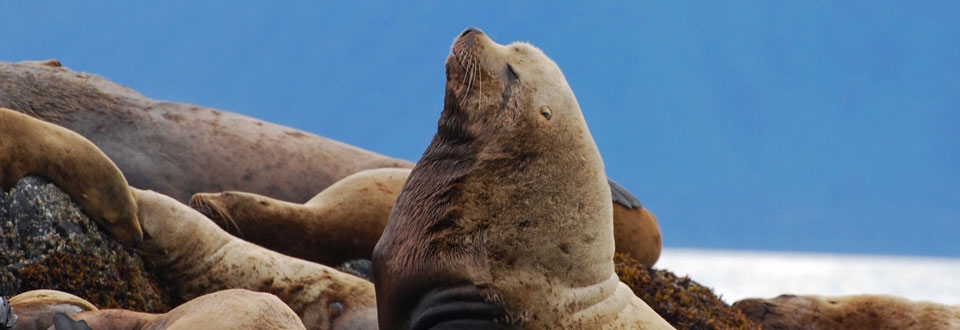
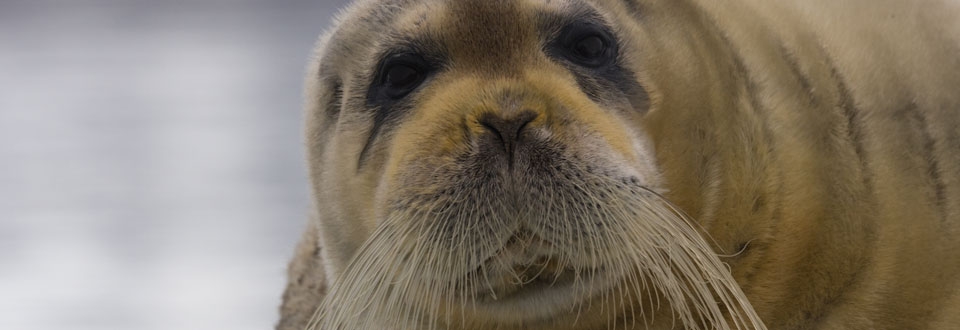
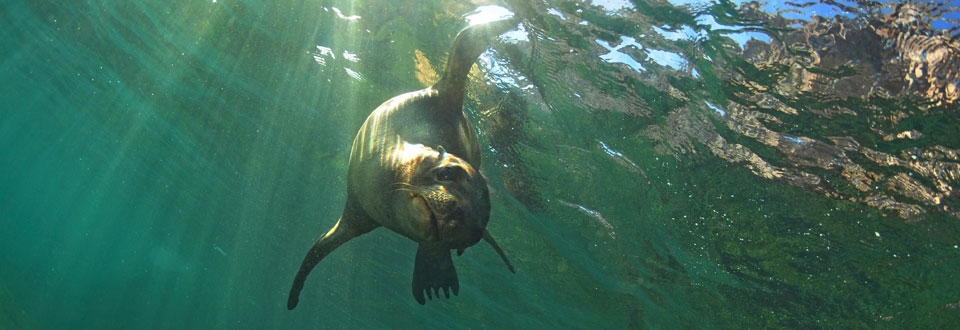
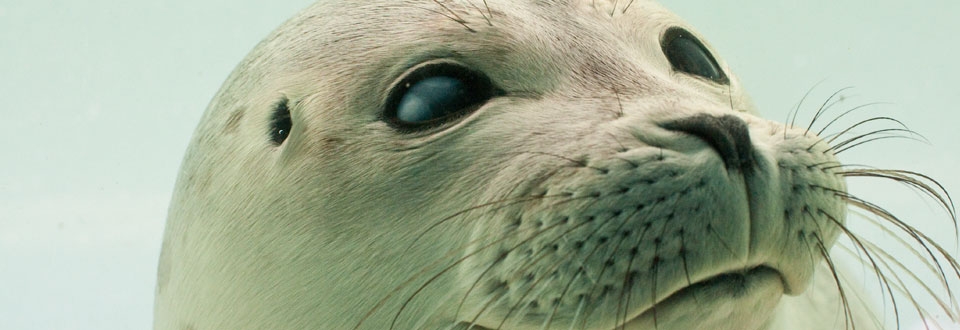
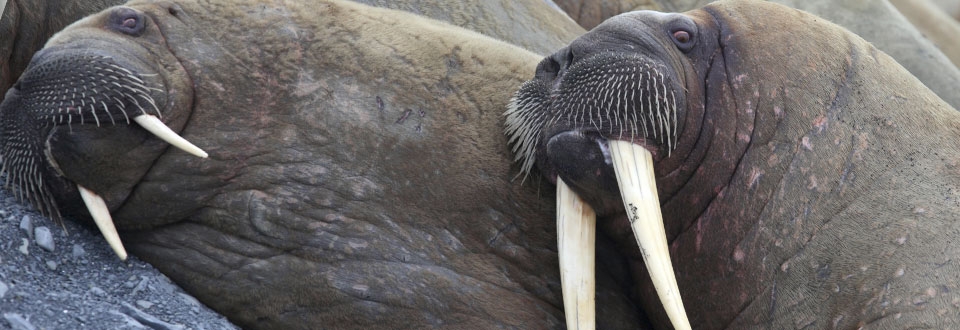
Pinniped Species
All
x
- – No known individuals remaining.
- – Known only to survive in captivity, or as a naturalized population outside its historic range.
- – Extremely high risk of extinction in the wild.
- – High risk of extinction in the wild.
- – High risk of endangerment in the wild.
- – Likely to become endangered in the near future.
- – Lowest risk. Does not qualify for a higher risk category. Widespread and abundant taxa are included in this category.
- – Not enough data to make an assessment of its risk of extinction.
- – Has not yet been evaluated against the criteria.
Australian Sea Lion
- – No known individuals remaining.
- – Known only to survive in captivity, or as a naturalized population outside its historic range.
- – Extremely high risk of extinction in the wild.
- – High risk of extinction in the wild.
- – High risk of endangerment in the wild.
- – Likely to become endangered in the near future.
- – Lowest risk. Does not qualify for a higher risk category. Widespread and abundant taxa are included in this category.
- – Not enough data to make an assessment of its risk of extinction.
- – Has not yet been evaluated against the criteria.
Males – 7-8ft
Females – 4-6ft
Males – 550-700lbs
Females – 150-250lbs
Australian sea lions inhabit mainland Australia but can also be found on offshore islands. The largest populations are found on Kangaroo Island and Dangerous Reef.
Pup fur is typically silvery-grey or fawn in color. Females retain this fur color as they mature; males become dark brown as they mature. In addition, males have thick skin and fur around their necks.
Whiting, rays, small sharks, octopus, and lobsters.
Australian sea lions are primarily found on sandy beaches and smooth rocks. They are excellent climbers and can often be found on cliffs a few miles inland.
They are hunted by sharks, primarily Great Whites.
Australian sea lions are highly social animals. Females reach sexual maturity at about 3 years of age, males at about 6 years of age. The breeding pattern is unusual in that these sea lions breed every 17.5 months. Males will come ashore to establish and defend territories and females will arrive 2-3 weeks later. Males will keep harems of 4-80 females and may only breed for 2-3 seasons. Gestation is 18 months with a 5-6 month delay of implantation. Females will nurse their young for 15-18 months; pup mortality is high due to both adult male and female aggression.
South Australian legislation considers the Australian sea lion to be a rare species, giving the species full legal protection since 1964. The Australian sea lion was once considered one of the rarest pinnipeds, with a total population estimated at 3000-5000. Some possible causes of their decline may have been parasites, environmental disturbance, male aggression, human harassment, injuries from fishing gear, and competition for resources with the New Zealand sea lion. In 1994, however, the population was estimated at 10000 and the species was taken off the ‘rare’ list on the IUCN Red List of Threatened Animals.
Other common names for the Australian sea lion are hair seal, white-necked hair seal, white-capped hair seal, and counselor seal.




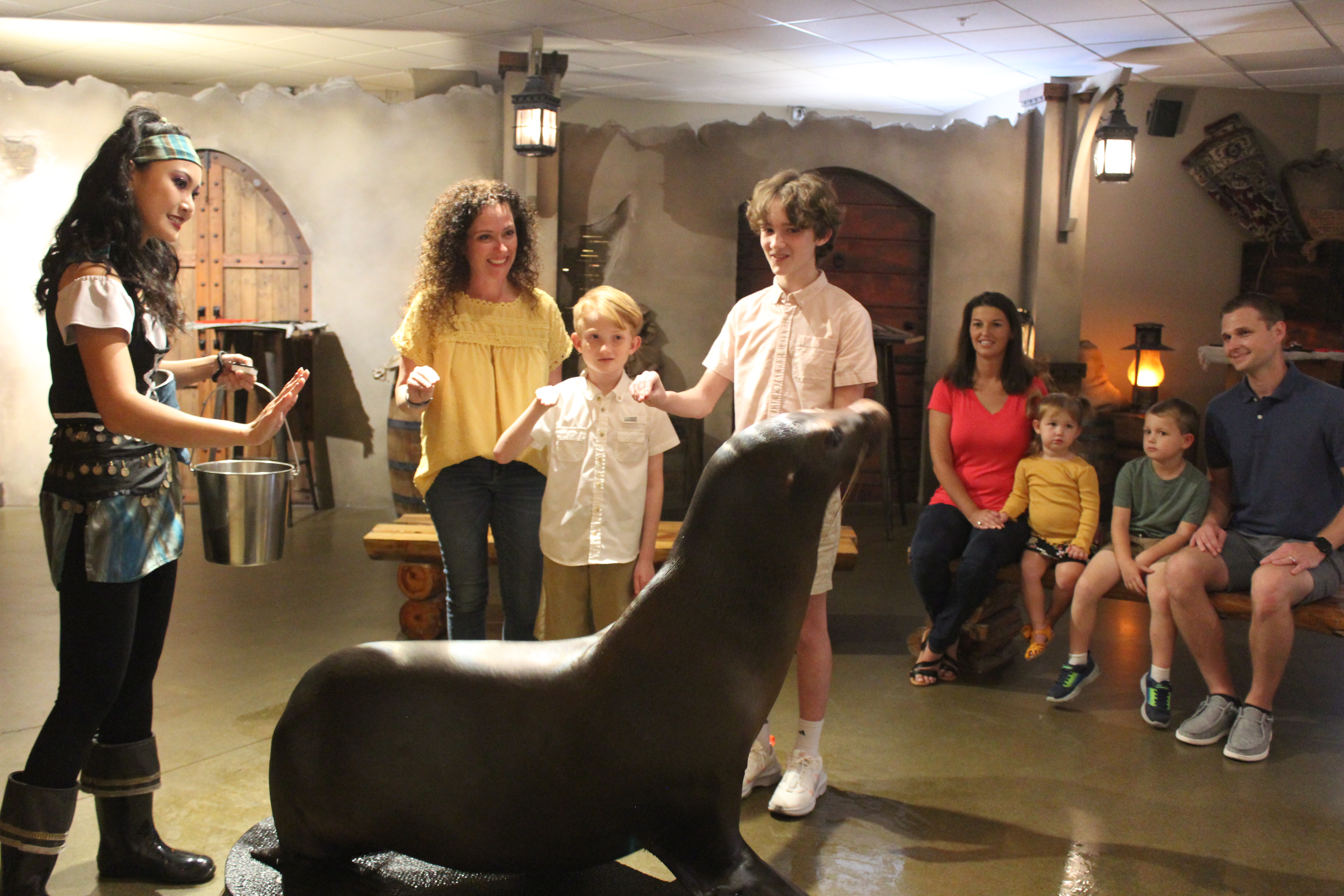 Animal Encounter
Animal Encounter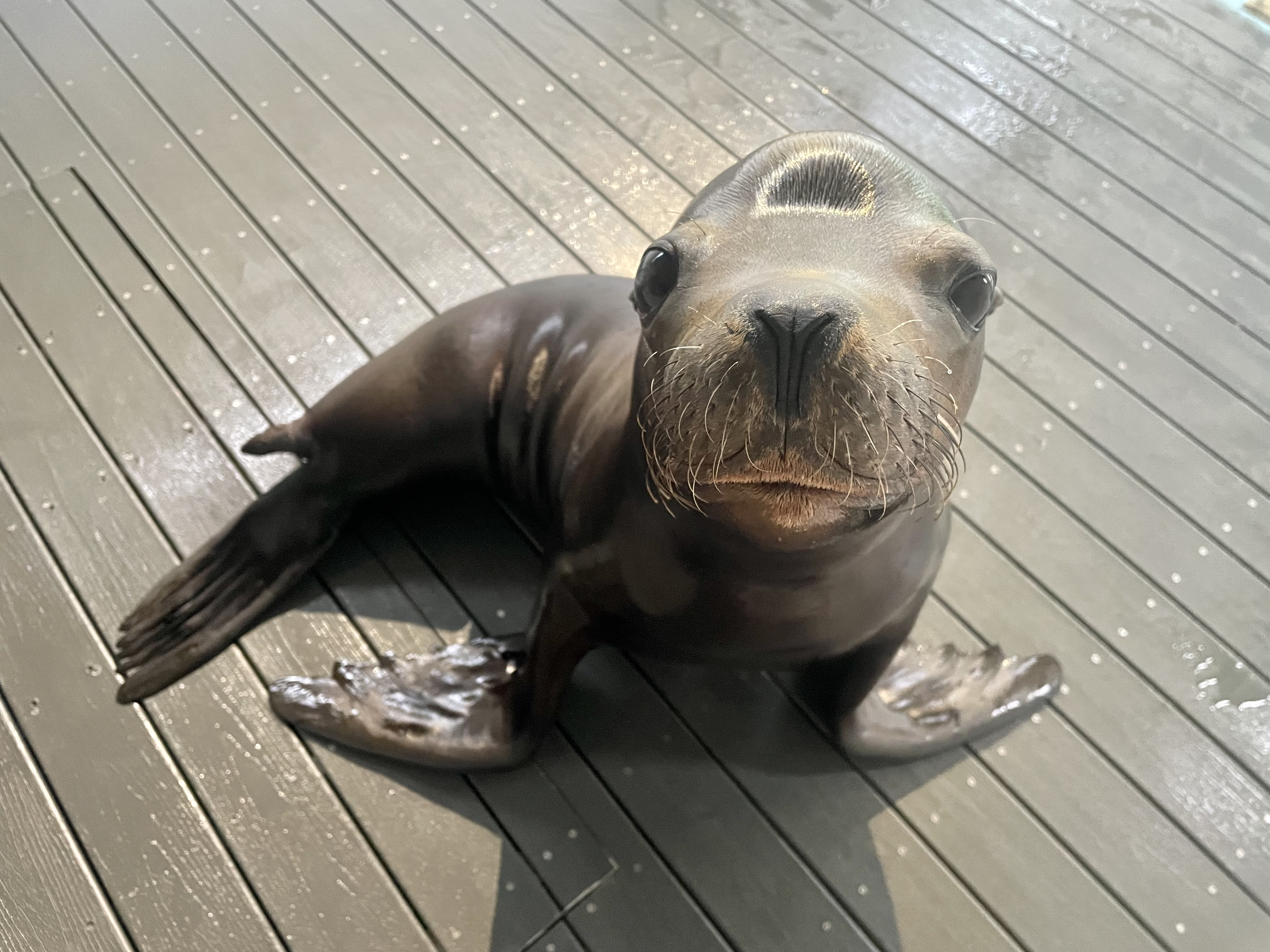 Our Locations
Our Locations
 Family Fun
Family Fun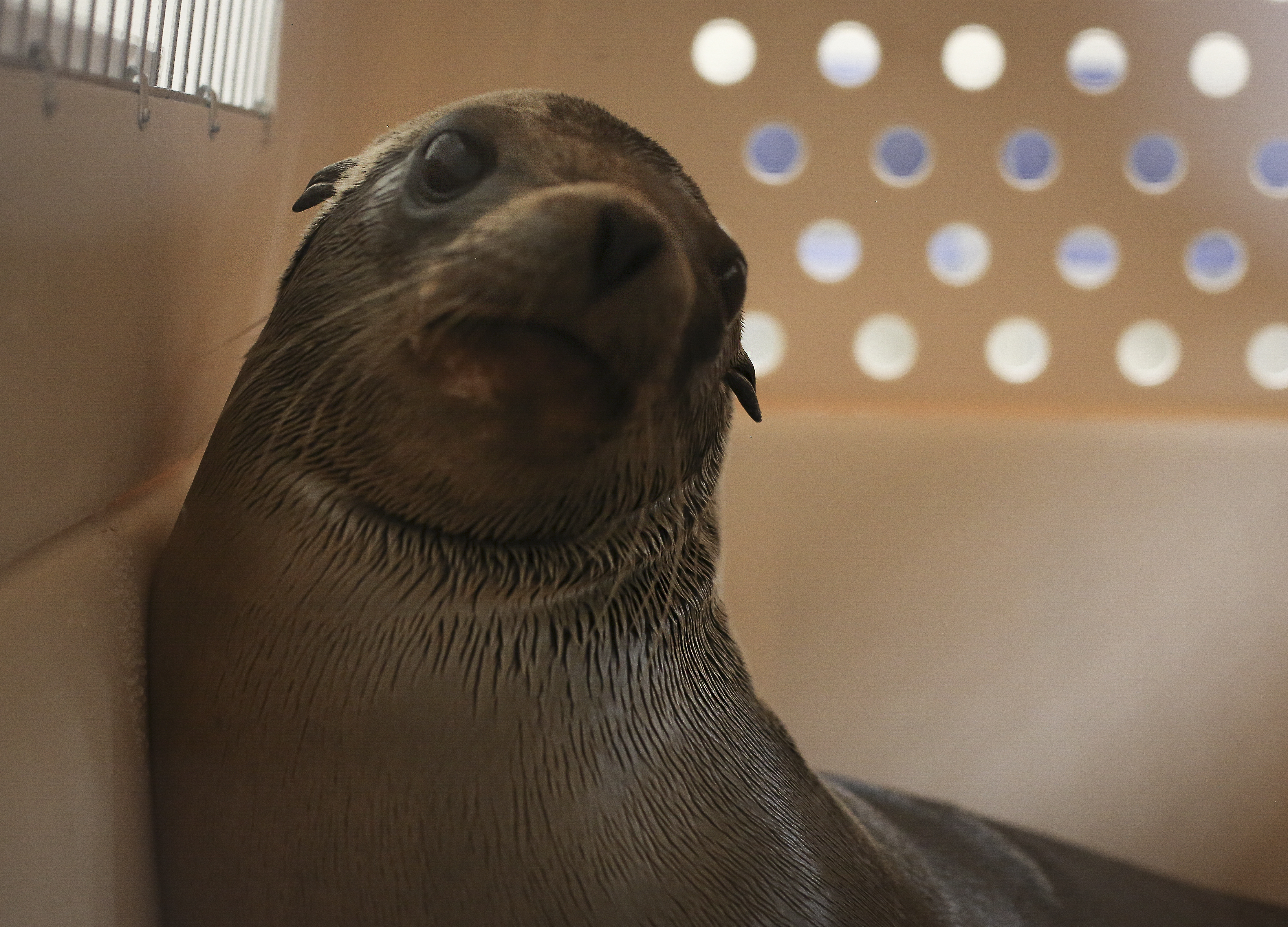
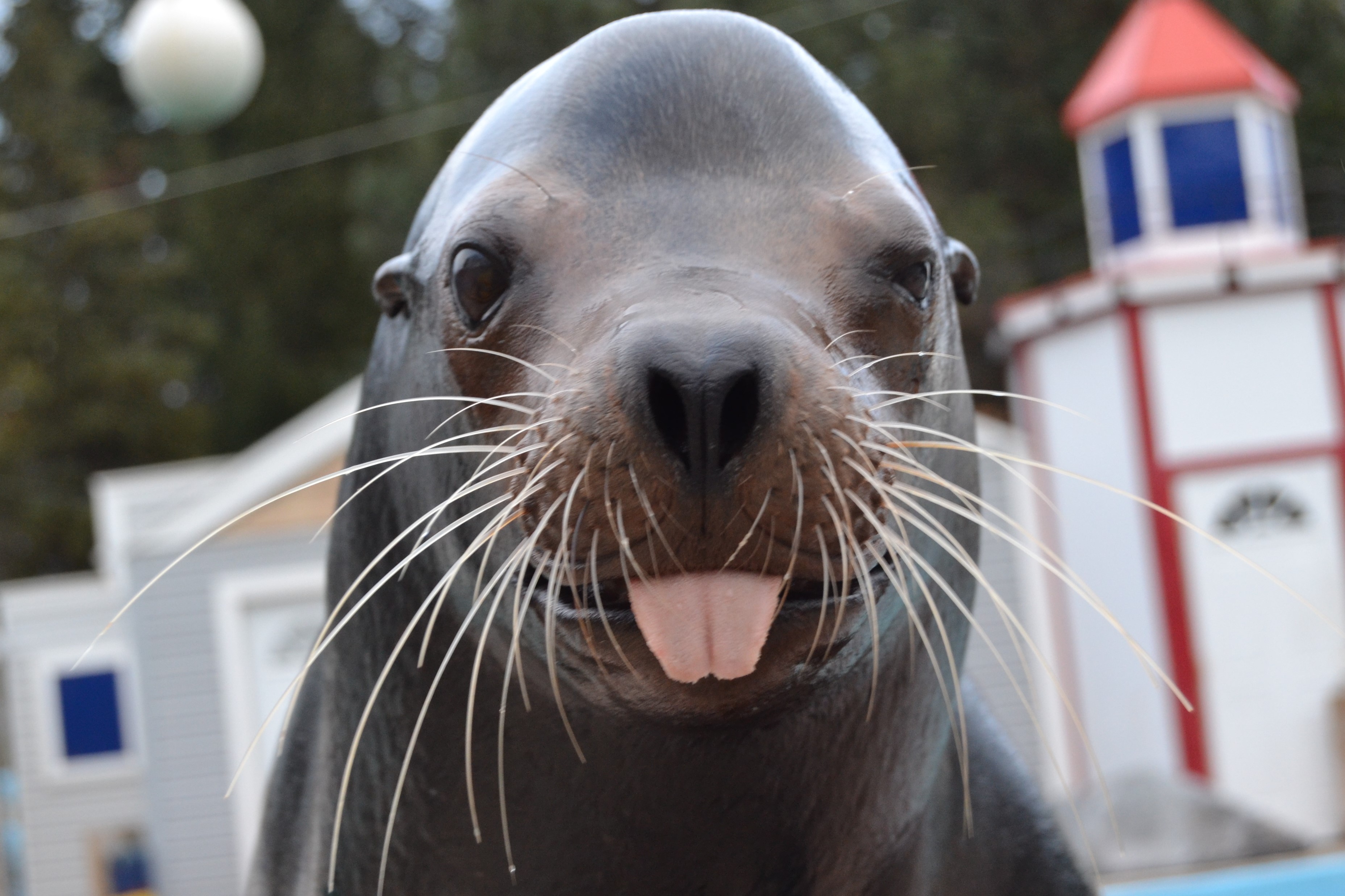
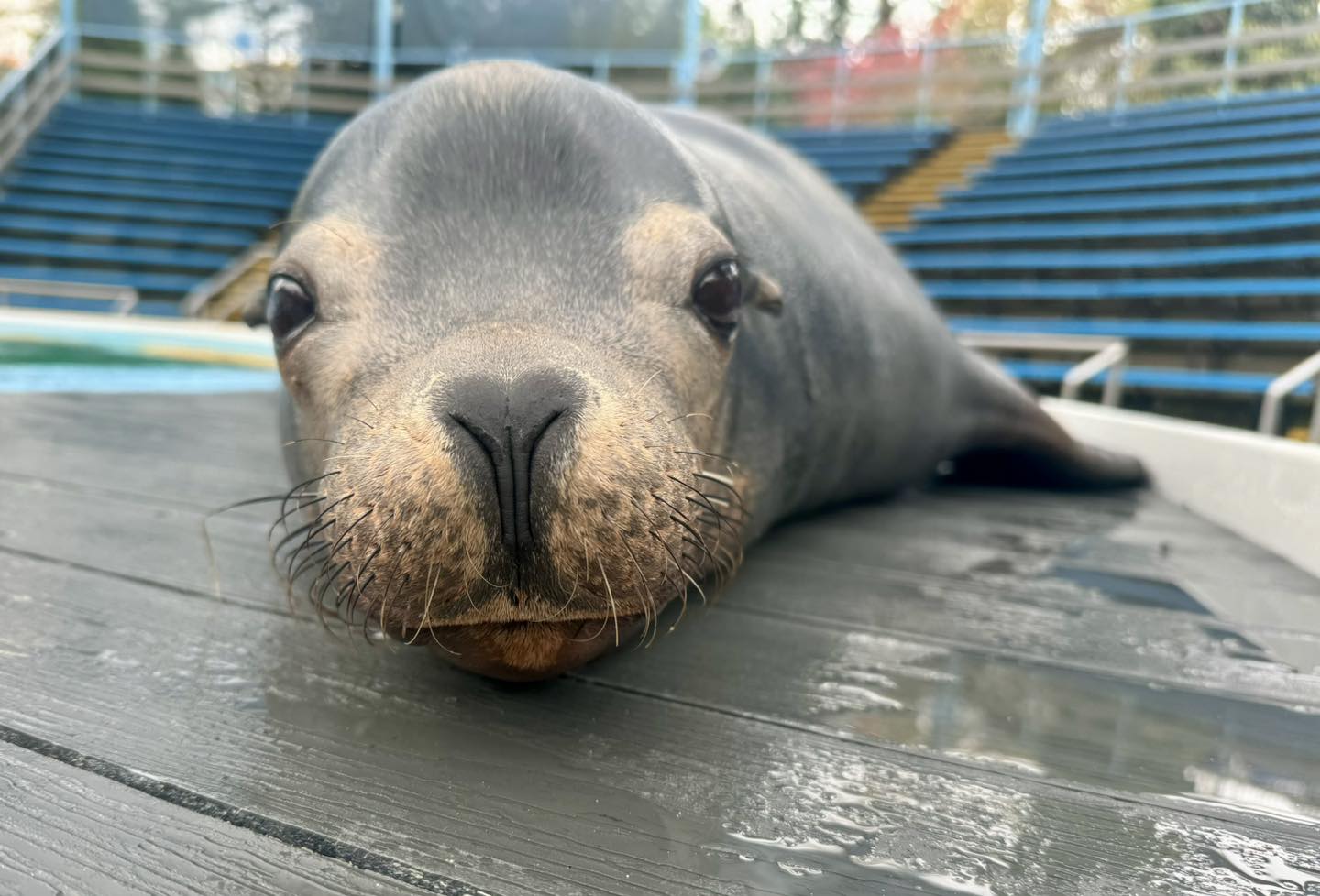 Meet Ripley!
Meet Ripley!
